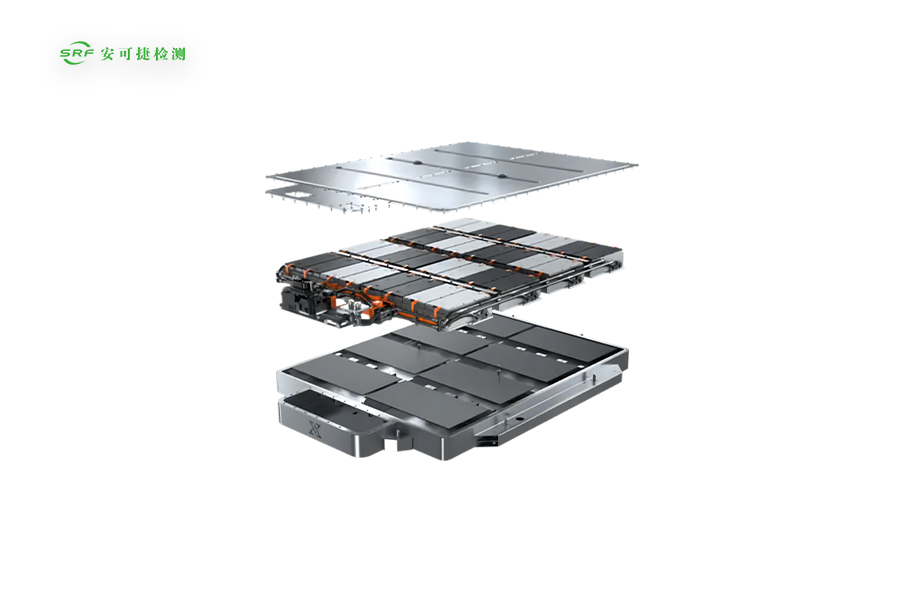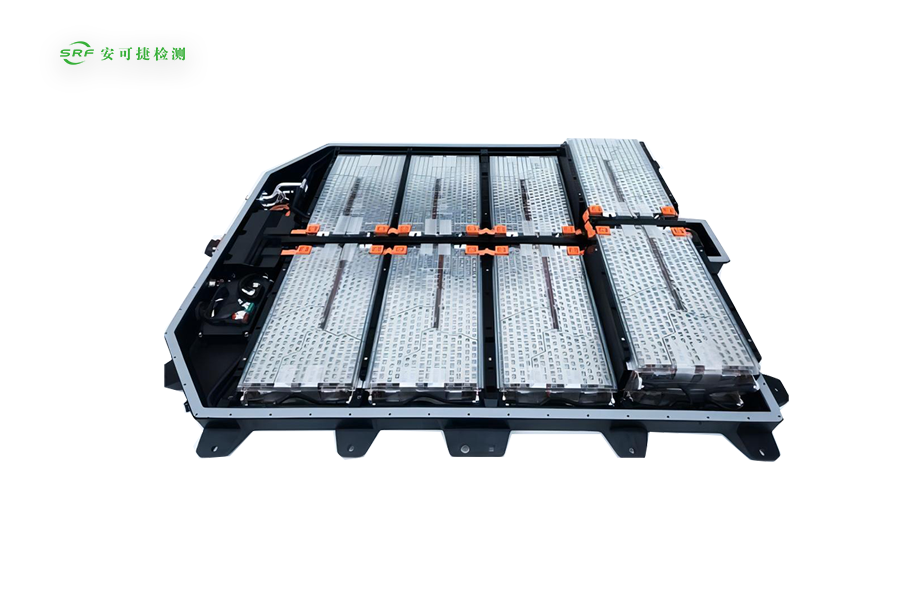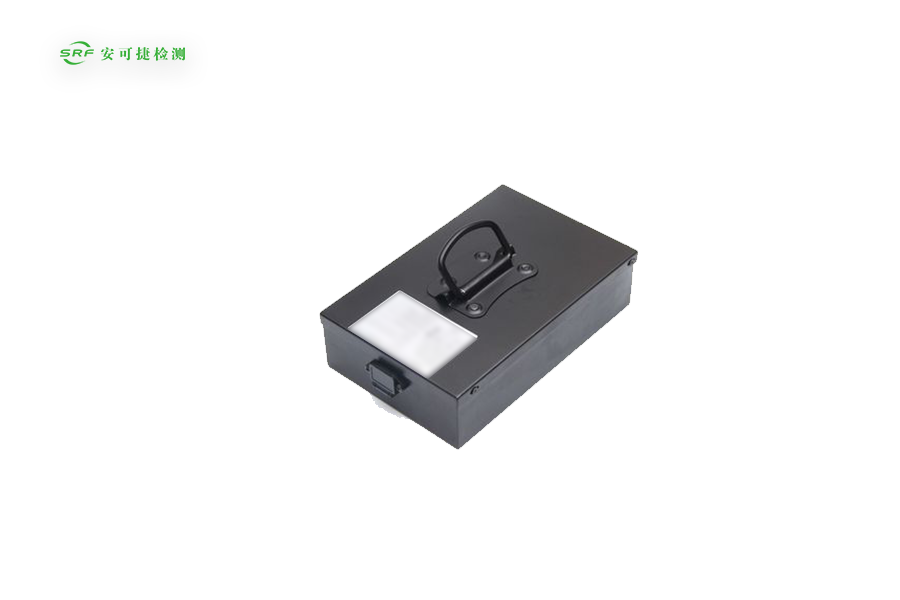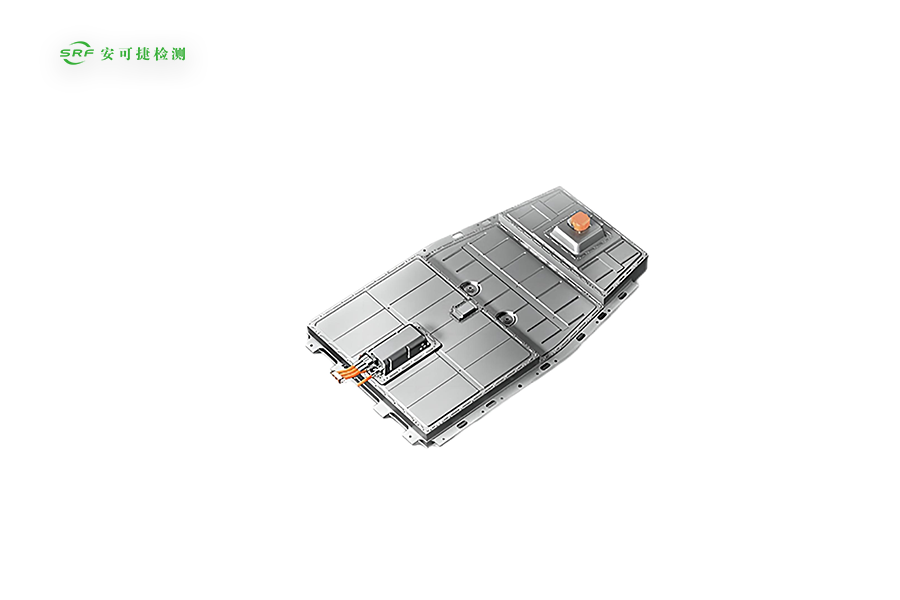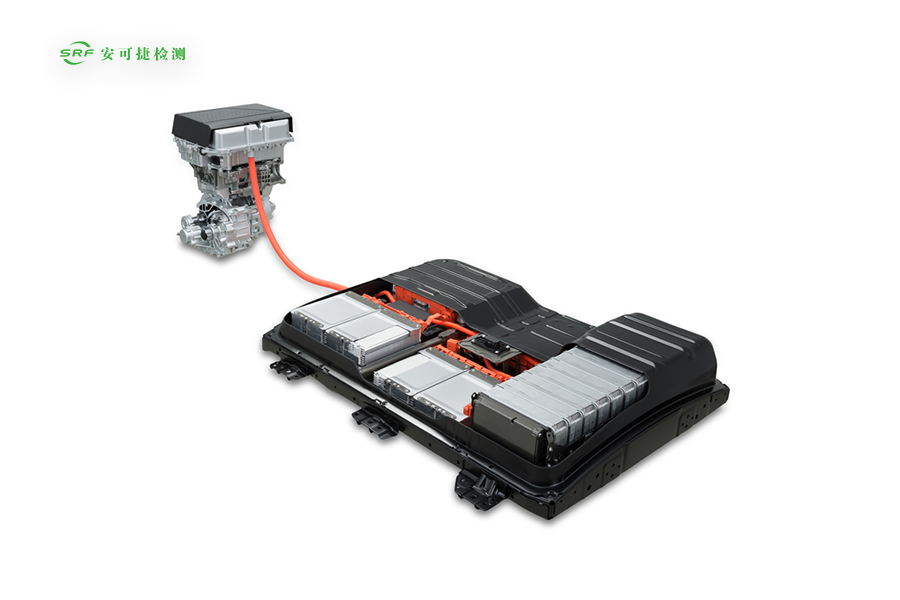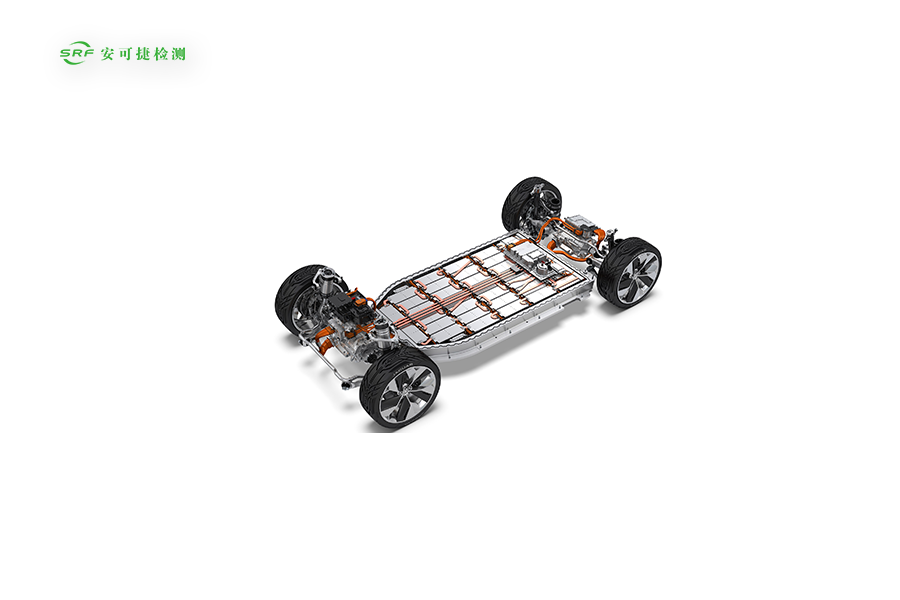Vehicle class L
Having legal effect
International credibility
Declaration on the same day
Real time progress tracking
1v1 full jury
5-star service experience
In order to meet the strict standards and user requirements of the electric vehicle industry, Ancojet Testing provides a series of professional power battery testing services: Regulation No.136 Amend.E/ECE/324/Rev.2/Add.135/Amend.1, covering temperature shock cycle test, overcharge protection, overdischarge protection, overcurrent protection and withstand voltage test, etc. to ensure that the battery can maintain excellent performance and safety under various conditions.
Temperature shock cycle test:
temperature shock cycle test, also known as temperature shock test or temperature cycle test, is to simulate the working environment of the battery under extreme temperature changes to evaluate the performance and reliability of the battery. Through rapid temperature changes, the test can reveal the potential problems of the battery during temperature changes, such as tin cracks caused by excessive differences in the thermal expansion coefficients of materials, abnormal resistance and other failure modes. This helps manufacturers to optimize product design and improve the environmental adaptability of products.
Overcharge protection:
overcharge protection is an important function in the battery protection circuit, which is used to prevent the battery from being damaged or causing safety accidents due to overcharging. When the battery voltage exceeds the set overcharge protection voltage value, the overcharge protection function will automatically cut off the charging circuit, stop charging the battery, and lock it into an overcharge state. This ensures the safety of the battery in the case of abnormal charging.
Over discharge protection:
battery over discharge will lead to a large number of active material capacity irreversible and a large number of attenuation, and may cause leakage, zero voltage and negative voltage and other issues, damage the battery performance. The over-discharge protection function can shut off the discharge circuit, stop the discharge of the battery, and lock the over-discharge state when the battery voltage is lower than the set over-discharge protection voltage value. This helps protect the battery from excessive discharge.
Overcurrent protection:
overcurrent protection is an important measure to protect electronic equipment from excessive current damage. When the current flowing through the protected element exceeds a preset value, the overcurrent protection device will start, cut off the circuit or give an alarm signal. This helps prevent equipment damage or safety accidents caused by excessive current.
Withstand voltage test:
withstand voltage test is one of the main methods to test the ability of electrical appliances and electrical equipment to withstand overvoltage. By applying a voltage higher than the normal operating voltage, the performance and safety of the equipment under abnormal voltage conditions are tested. This helps to find insulation defects, moisture and aging problems of the equipment, and ensure the safety of the equipment in normal use and abnormal conditions.
The test is carried out in strict accordance with Regulation No.136 Amend.E/ECE/324/Rev.2/Add.135/Amend.1 and other relevant standards and specifications to ensure the accuracy and reliability of the test results. We are committed to providing customers with comprehensive and professional power battery testing services and contributing to the sustainable development of the electric vehicle industry.

